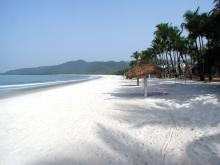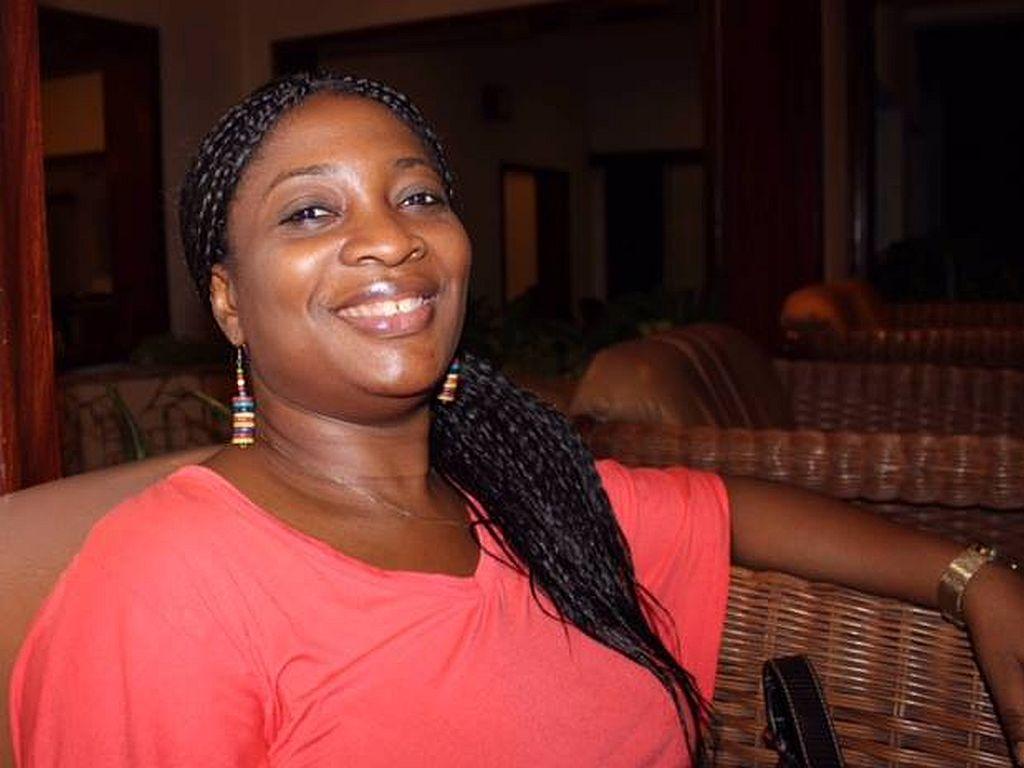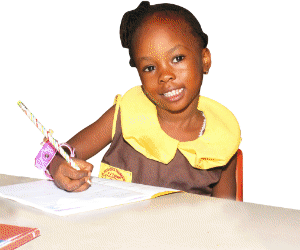By Politico staff writer
A number of unofficial border crossing points have been identified along with the three districts of Pujehun, Kailahun and Falaba Districts following a report by the International Organization for Migration (IOM) under its Displacement Tracking Matrix. IOM conducted a mapping exercise in the final quarter of last year in three districts to monitor the trends in trans/border mobility between Sierra Leone and the neighbouring countries of Liberia and Guinea.
In the course of the exercise, nine Points of Entries (PoEs) were identified in Falaba bordering Guinea, with five of them unofficial points. It was also discovered that 250 crossings take place on a daily basis, mostly trade-related and to a lesser extent, family visitation.
For Pujehun, eight PoEs were spotted, four of them unofficial crossing points. According to estimation, some 300 people cross daily along this frontier connecting Liberia. Fish trading thrives along this route with the presence of Ghanaian migrants, and it was also found out that people travel through this border crossing with a much-improved road network to Monrovia, Freetown and Accra Ghana.
For Kailahun, four PoEs were identified and between 150-200 people crossed daily. ‘Substantial numbers of travellers cross Kailahun to reach Freetown, and Liberians often cross into Kailahun to travel back to Monrovia, due to poor road networks and conditions within Liberia,’’ according to IOM.
The IOM report highlighted the reasons for the mapping and the approaches used saying: “This exercise sought, by enhancing comprehension of cross-border mobility, to inform programmes and policies to strengthen infectious disease preparedness, monitoring and response. The exercise was carried out in the form of focus group discussions, with participants comprising local stakeholders at the community level within the border chiefdoms comprising various occupational and professional expertise, including local chiefs, chairPersons of female market vendors, community youth leaders and district representatives, in order to guarantee a broad range of perspectives and views”.
Findings revealed that women make up 75 percent of travellers mostly for trade purposes, with men on agriculture-related activities accounting for 25 percent. It was also discovered that travel is done by vehicle, canoe, motorcycle or foot
“Mobility Patterns and Trends Mobility patterns and trends across major points of entry, both official and unofficial, in the three districts appear to be predictable and regular in nature. This means that high flows (high volume of travellers) are consistently noted on market days, reflecting the significance of trade as a major factor of cross border mobility between Sierra Leone, Guinea and Liberia. Characteristic of these movements on those marketing days as noted is that most travellers tend to use one official crossing route in the morning to access the market locations for business transactions, however, on their return, many of these travellers would tend to use the unofficial exit point in order to evade questioning from PoEs personnel especially on issues relating to items crossing across with”, the report further noted.
Copyright © 2022 Politico Online (02/02/22)








